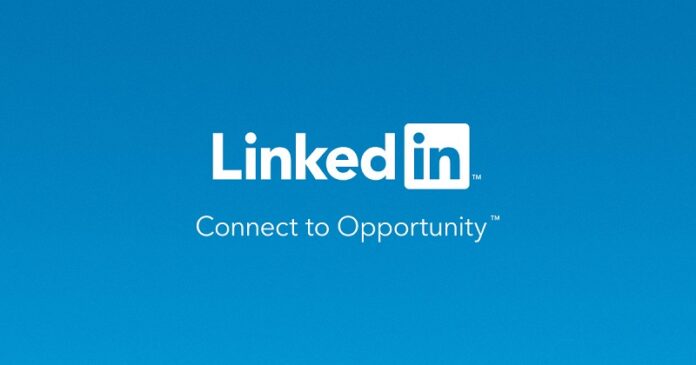LinkedIn, being the single most important business social network, is by design there to help you in connecting with other people and businesses. It is stacked with functions and tools created to manage LinkedIn connections in a way it can be productive for your career or existing trade.
That being said, it is one thing to connect to others over LinkedIn, and a completely different thing to create and maintain meaningful relationships with them, and therefore bolster chances of profiting from those connections.
Here are some tips to help you effectively manage your LinkedIn relationships.
Create a network and engage with it
First off, providing you already own a LinkedIn profile, it should fulfill some of the following requirements:
- Complete the profile; don’t leave anything blank
- The visuals should be professionally-made
- All of the information should be up-to-date
- Highlight your key skills and endorsements.
Start building your network by connecting with colleagues, friends, and acquaintances. Identify key people in your industry, including potential clients, customers, and colleagues, and connect with them.
It is always good to personalize your connection requests with a brief message explaining why you would like to connect, thus increasing the chances of acceptance.
Regularly engage with your network by commenting on their posts, sharing their content, and sending messages. Showing interest in others will help you build relationships and establish trust.
Endorse and recommend
Endorse your connections for their skills and write recommendations for people you’ve worked with. Not only can it help build mutual trust and strengthen your relationships, but will help receive valuable endorsements from others.
Recommendations from colleagues, clients, or customers can help you stand out to potential employers and clients. Be sure to ask for recommendations from individuals who can speak to your skills and experience.
Endorsing and recommending others is a great way to build relationships and help others grow their network. Be sure to only endorse or recommend individuals you have a strong relationship with and can vouch for their skills and abilities.
Collect all the useful data
Never miss a chance to collect and store all the data on the LinkedIn connections you are trying to build a relationship with. One way to ensure you have all the necessary information on hand is to regularly export LinkedIn contacts. They may not be in your inner circle network but could come in handy when the time comes.
You can decide to connect with them sometime in the future. This data could prove useful when trying to better target your content.
Namely, to possess more data on your possible LinkedIn clients and associates means to know your audience better. This is crucial in being able to build more stable connections in the future.
Bottom line is that your LinkedIn relationships are established with real people. And what better way to impress someone than to remember something personal about them. This will almost always increase your chances of doing business with those people.
Join and participate in groups
One of the many great features of LinkedIn is its groups. Always seek groups related to your industry and participate in discussions to showcase your expertise. Try to actively participate in those groups and engage with other members.
Joining LinkedIn groups related to your industry or interests can help you connect with like-minded professionals, share your expertise, and stay up-to-date with industry news and trends.
Keep your network organized
There are a number of ways to keep your LinkedIn network tidy and organized. Some of the useful tools are integrated into the network itself, and some are brought by handy LinkedIn managers apps.
Some of the tools used for reaching out to potential clients are:
- Sales Navigator
- Recruiter
- LinkedIn Tags
- Notes.
These tools are very useful in keeping track of important relationships and organizing them. You should as regularly as possible review and update your relationships to ensure they remain relevant and valuable.
Also, you can occasionally analyze your LinkedIn insights to see which posts perform best, how many people are viewing your profile, and what types of content get the most engagement.
Create content
Sometimes, attracting others to come to you is a superior way to interact than reaching out to them. And what better way to draw attention than by creating useful LinkedIn content.
Sharing valuable content, such as articles, blog posts, thoughts, insights, or videos, that are relevant to your industry, can prove to be a great way of positioning yourself as a thought leader.
Try to as regularly as possible post updates, engage with your network, and participate in groups to maintain your visibility and stay top-of-mind.
Also, remember that LinkedIn is a professional platform, so avoid posting controversial or unprofessional content.
Conclusion
In conclusion, managing your LinkedIn relationships takes time and effort, but it can pay off in the form of career opportunities and expanded networks. It boils down to being active, engaging, and building trust with others.
Remember to be professional, engage with your network and utilize LinkedIn’s tools to help you achieve your goals.
By following the above tips, you can effectively manage your LinkedIn relationships and achieve your professional objectives.








